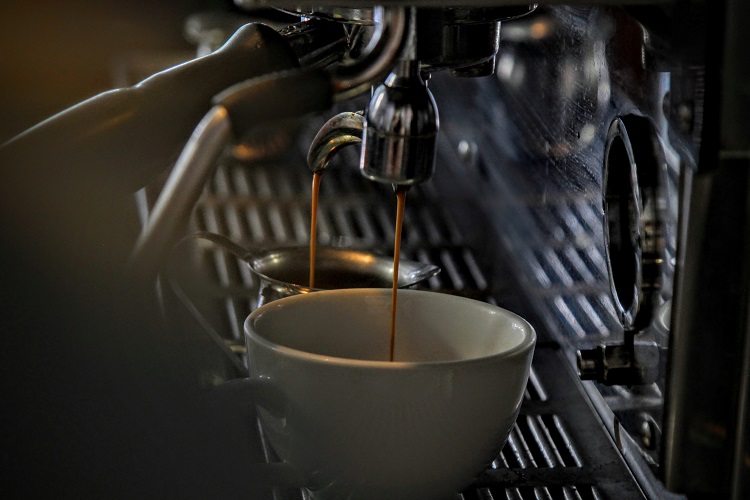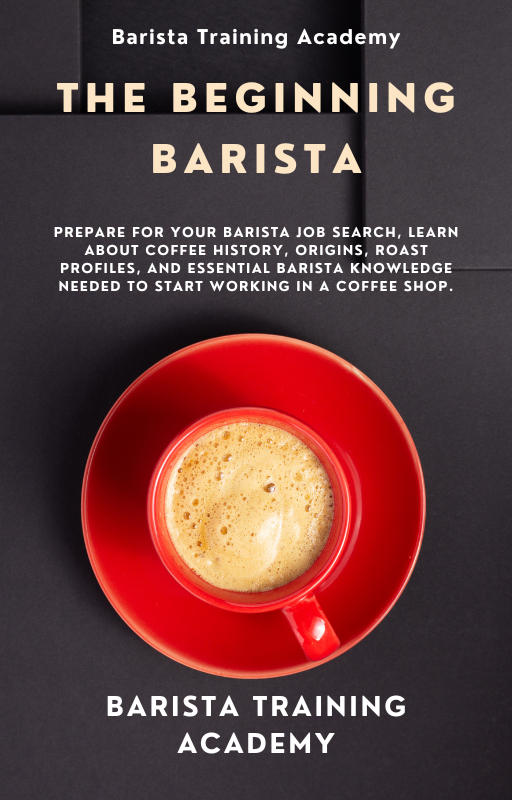Espresso History: Where Did We Get the Name “Espresso” From?
If you are thinking about being a barista or would like a job as a barista, you will most certainly be making plenty of espressos. Espresso is the essential coffee beverage that is the foundation of most coffee shops today. In this barista training article, we'll focus on the history of espresso.
Of course, there is a growing trend towards pour-over coffee beverages. These also have their place at the coffee bar, but espresso and the machines that create espresso will continue to dominate in the nearest future.
Barista Training: What is an Espresso?
Espresso is synonymous with coffee.
But to be clear, espresso is really a brewing method. It is a method of extracting coffee with water and pressure. Let's have a little fun today and talk about where the term “Espresso” came from.
When we think of espresso, most of us think of two things: (1) the coffee beverage in a shot glass. (2) the espresso machine. For nearly 1000 years, this dark, rich beverage that many of us have grown to love had been called coffee. Of course, that’s the English name.
Coffee has its own name and spellings in each language. The term espresso came from the espresso machine. But at first, the machine (or machines) known to deliver coffee didn't have the name “espresso machine.”

Barista Training: Where Does The Word “Espresso” Come From?
That name “espresso” was given by two men, Luigi Bezzera and Desiderio Pavoni, who in 1903 – after years of tweaking versions of their coffee making machine – had come up with a newer model.
They called the coffee this newer machine-made, “cafeé espresso.” This is because it was brewing coffee very quickly. This is especially true because the coffee machines at the time basically brewed coffee a little faster.
Again, espresso is a brewing method. But certainly, if one of your customers asks for “an espresso,” you’ll know what to give them: a dose of coffee that is the result of extraction with the use of an espresso machine.
The actual machine’s name or model was Ideale. They showcased their machine in 1906 in Milan at the Milan Fair. And for the next four decades, the “espresso” machine design and structure ruled Italy.
While unsure of how the name espresso spread throughout Italy, the name did manage to survive over a hundred years and be ubiquitously referred to as coffee.
While the coffee these various machines made was called “espresso machines,” the machine we know today, however, didn’t come around until after WWII.

Espresso machine history
A man named Giovanni Achille Gaggia, who was once apparently sued for infringing on the patent of a previous espresso machine prototype, decided to create a machine that had a spring-piston.
The spring pistons controlled by a hand lever were able to generate higher pressure, finer coffee, and were the first to create a layer of crème (tiny bubbles) on the top of the espresso, what we know today as crema. Crema is made up of CO2 and water vapor bubbles. It also contains tiny, tiny, tiny coffee bean cell fragments. We call these “fines.”
An electric pump created by Ernesto Valente, in his Faema Espresso machine, would eliminate the need for a hand lever. Though there are plenty of cafes and coffee shops that have old school espresso machines or newer models with levers, the need for a hand lever was pretty much eliminated.
Today, there are many different espresso machines, some with more “bells and whistles” than others. But one thing is common among all of them. That is, they all need to create pressurized water to go through the bed of coffee. This pressurized water is what extracts the coffee beverage from the grounded beans.
Being a barista is a lot of fun. It’s also fun to realize that coffee and using espresso has a great history too.

Online Barista Training
Brought to you by Barista Training Academy, “The Beginning Barista,” Your Ultimate Prep Guide to Getting Your First Job as a Barista” is an ultimate resource that is available online and is affordable for anybody who is looking to start a career in the coffee industry. For more information, visit our blog.
